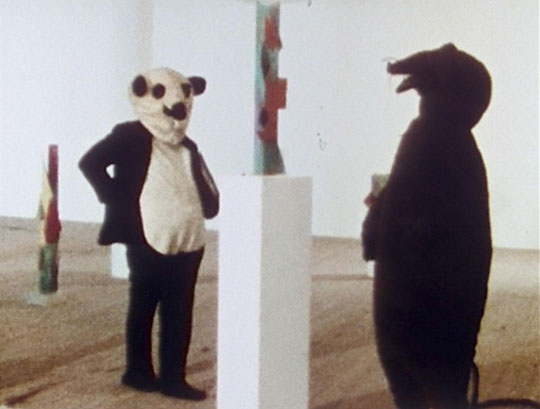I n 1987, the Swiss artists Peter Fischli and David Weiss completed a film of what can best be described as a dysfunctional experiment carried out in an anonymous warehouse space.
Titled "The Way Things Go" (1986-87), the roughly 30-minute film comprises footage of a chain of ingeniously staged reactions involving an assortment of fuses, flammable liquids, planks, timber, tires, kettles, makeshift rolling devices and jerry-rigged catapults engaged in a continual exchange of kinetic energy.
Though the film does not build toward a single, lasting image, it is sure to leave an impression on anyone who sees it — from curious children to the most hardened art skeptic. Indeed, the work is representative of Fischli and Weiss' consistent inversion of the incredulity that so often greets contemporary art — "Is this art?" — into a hypothesis for positive engagement: "This can be art."



